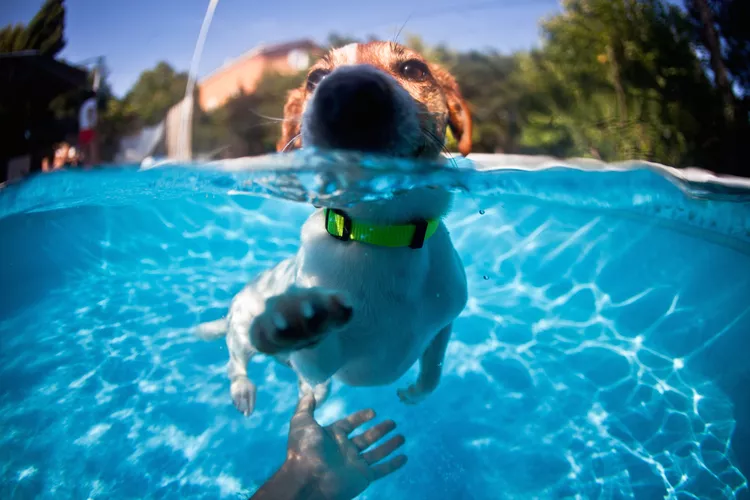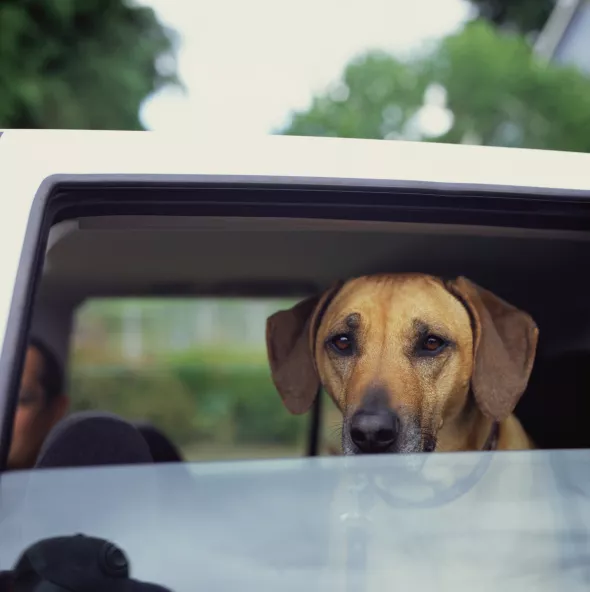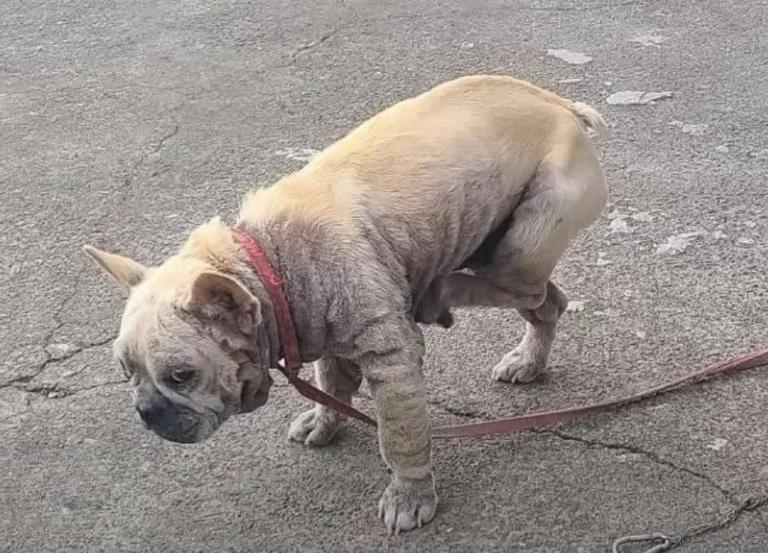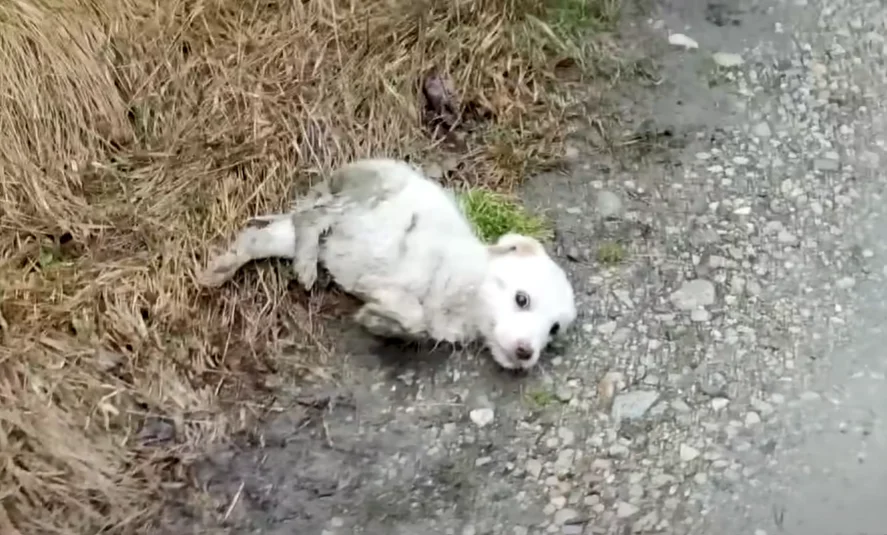How to Keep Your Dog Safe
Ensuring your dog’s safety involves understanding and addressing potential risks in their environment. While it’s important to be vigilant, there’s no need for undue worry. Here are key areas to focus on to help protect your dog:
1. Be Aware of Toxins

Dogs are naturally curious and may come into contact with harmful substances. Many common foods, plants, and chemicals are toxic to dogs. Familiarize yourself with these hazards and take steps to prevent your dog from ingesting or coming into contact with them. Know how to respond if your dog is exposed to a toxin.
2. Prevent Dog Bites

Training and socialization are crucial in preventing dog bites. Ensure your dog is well-trained and comfortable around other animals and people. If your dog has shown signs of aggression, manage their interactions carefully to avoid potential incidents. Educate others on safe behavior around dogs and how to prevent bites.
3. Avoid Dog Fights

Dog play can sometimes escalate into fights. Learn to distinguish between normal play and aggressive behavior. If play becomes too intense or seems to be turning aggressive, intervene early to prevent a fight. Understanding your dog’s behavior and being prepared to separate dogs safely is key.
4. Ensure Summer Safety

Summer brings its own set of risks. Watch out for heatstroke, sunburn, and dehydration. Keep your dog cool, provide plenty of water, and avoid prolonged exposure to high temperatures. Learn how to recognize signs of heat-related issues and take preventative measures.
5. Winter Safety Tips

Cold weather can be as dangerous as heat. Protect your dog from frostbite, exposure to ice, and harmful chemicals like antifreeze. Ensure your dog is warm and safe during winter months, and be mindful of the hazards that come with colder temperatures.
6. Prevent Your Dog from Getting Lost or Stolen

A missing dog is a serious concern. Take precautions to prevent your dog from escaping or being stolen. Ensure your dog is always wearing identification and consider microchipping for added security. Be proactive in making sure your dog is securely contained.
7. Schedule Regular Wellness Exams

Routine veterinary checkups are essential for early detection and prevention of health issues. Regular visits help catch potential problems before they become serious. Keep up with recommended vaccinations and health screenings to maintain your dog’s well-being.
8. Practice Water Safety

Many dogs enjoy swimming, but not all are natural swimmers. Introduce your dog to water gradually and supervise them closely. Use a life jacket for dogs who are still learning or will be in open water. Be aware of potential water hazards and avoid letting your dog drink from potentially contaminated sources.
9. Ensure Safe Car Travel

Car travel with your dog requires safety measures. Always restrain your dog using a car harness or crate to prevent distractions and injuries. Never leave your dog alone in a vehicle, as even moderate temperatures can be dangerous. Address any car anxiety your dog may have with appropriate strategies.
10. Prepare for Emergencies

Be ready for emergencies by having a plan in place. Ensure your dog has up-to-date identification and a microchip. Create a disaster kit with essential supplies for your dog and make arrangements for emergency shelters that accept pets. Regularly update your kit and plan to ensure you can respond effectively in a crisis.
Taking these steps can help you safeguard your dog from many common dangers and ensure they stay happy and healthy. For specific health concerns or questions, always consult your veterinarian.





